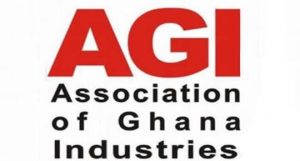The Bank of Ghana is asking for a more comprehensive and consistent data by stakeholders in the financial technology space to aid in monitoring the progress of financial inclusion
This, according to the Central Bank, is essential to help measure gaps in financial inclusion and design appropriate evidence-based interventions, and monitor their implementation and effectiveness.
Speaking at a presentation and public engagement on the 2021 Ghana Findex Report organised by the Institute of Statistical, Social and Economic Research (ISSER), Second Deputy Governor, Elsie Addo Awadzi said both supply and demand-side data are key to help achieve these objectives.
She said the Bank of Ghana has implemented a new online reporting and analytics supervisory tool that helps to harmonise data collection from various licensed institutions and improves data analytics and reporting.
”For data to help achieve these objectives, it should be comprehensive, high-quality, consistent, reliable, accessible, and connected with other related databases. Both supply and demand-side data are key to help achieve these stated objectives”.
“There are currently several key data sources that feed into policy formulation, regulation, and design of financial products and services in Ghana. These include indicators published by the World Bank, IMF, AfDB, and many others, as well as homegrown sources”, he said
The Central Bank need to brainstorm called for the need to pull together various data sources, avoid duplication of efforts, and improve on data quality, accessibility, and governance to support an inclusive, sustainable, and resilient financial sector.







